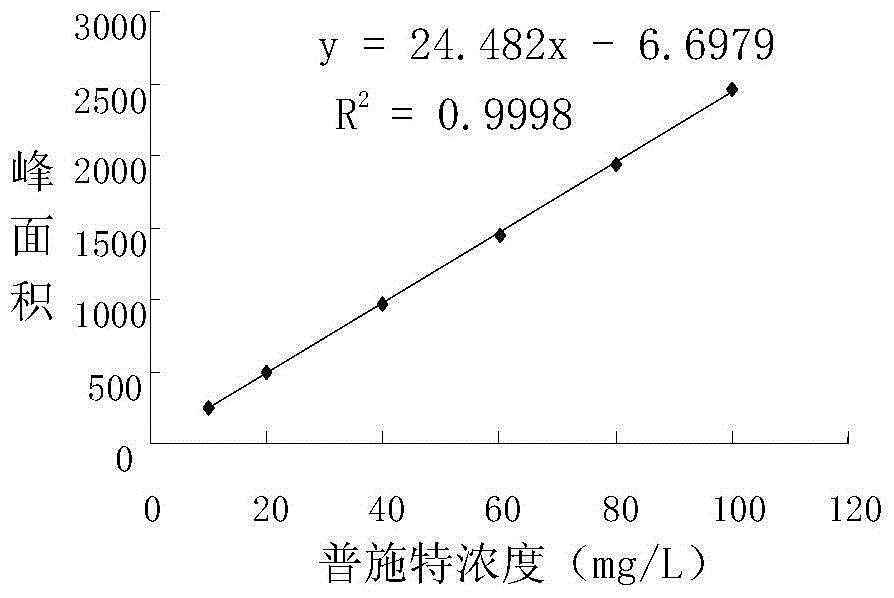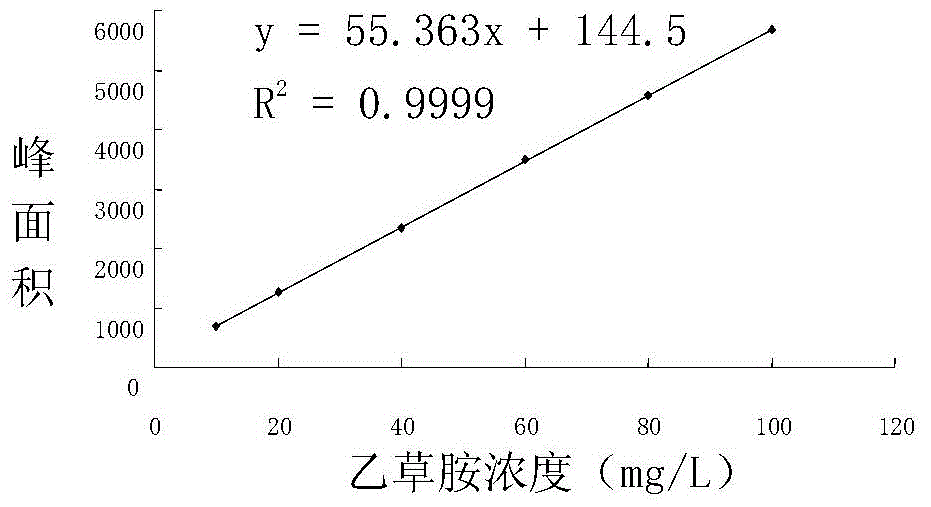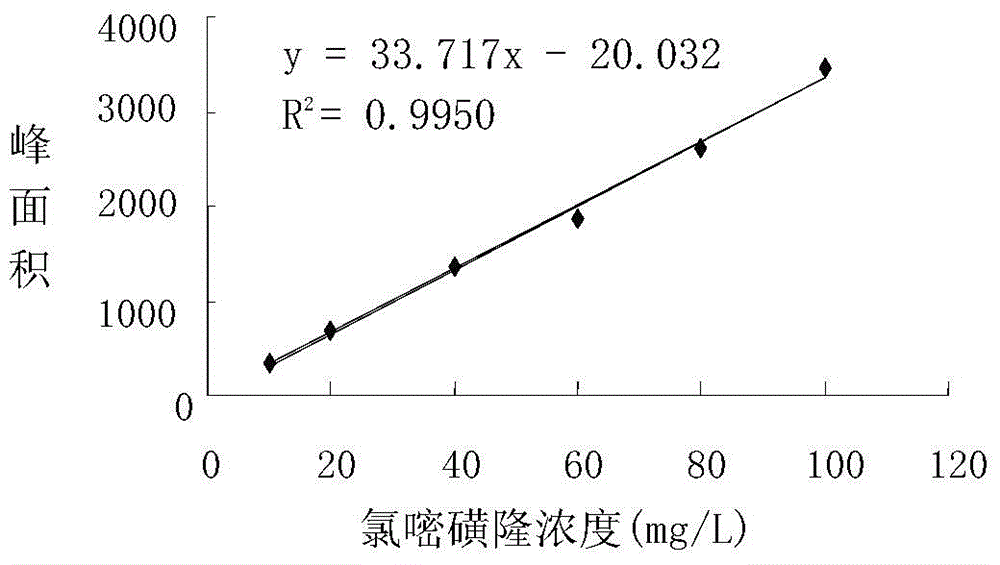Rhodococcus sp. capable of degrading four herbicides and application thereof
A rhodococcus and herbicide technology, applied in the field of rhodococcus, can solve problems such as slow natural degradation
- Summary
- Abstract
- Description
- Claims
- Application Information
AI Technical Summary
Problems solved by technology
Method used
Image
Examples
Embodiment 1
[0052] Example 1. Isolation and identification of Rhodococcus sp. 198-R-56 CGMCC No.9868
[0053] 1. Isolation of herbicide-degrading bacteria 198-R-56
[0054] 1. Add 10g of soil samples (collected from farmland polluted by herbicides in Heihe, Heilongjiang, China) to 100ml of sterile water, shake and incubate for 30min to make a turbid solution. Take 1ml of the above cloudy solution and add it to a test tube filled with 9ml sterile water and mix well (at this time, the dilution is recorded as 10 -1 ), then draw 1ml from this test tube and add it to another test tube filled with 9ml sterile water and mix evenly, and so on to make 10 -2 、10 -3 、10 -4 、10 -5 Bacterial suspensions at different dilutions. Take 0.1ml of each dilution and evenly spread it on a nitrogen-free solid medium plate, and culture it at a constant temperature of 28°C for 2-3 days. After the colonies are formed, strains are purified on a nitrogen-free solid medium plate.
[0055] 2. The initial screen...
Embodiment 2
[0075] Example 2, Quantitative determination of the ability of Rhodococcus sp. 198-R-56 CGMCC No.9868 to degrade Pursit
[0076] 1. The drawing of the standard curve for Pushett determination
[0077] Accurately weigh 10.0 mg of Pushte standard substance (product of Fluka Company) into a 10 mL volumetric flask, dissolve it with a small amount of methanol, place the volumetric flask in an ultrasonic bath and vibrate for 10 min, then dilute to 10 mL with methanol, shake well, and prepare 1000mg / L Pushite mother liquor. Continue to dilute with methanol to prepare 20, 40, 60, 80, 100mg / L series of Pushite standard solution. High-performance liquid chromatography (HPLC) was used to measure the peak areas of different concentrations of Pushte standards, and repeated 3 times. Take the Pusite concentration as the abscissa, and the peak area as the ordinate, draw the Pusite standard curve, such as figure 1 shown.
[0078] The detection conditions are as follows:
[0079] Detectio...
Embodiment 3
[0088] Example 3, Quantitative Determination of Acetochlor Degradation Ability of Rhodococcus sp. 198-R-56 CGMCC No.9868
[0089] 1. Preparation of standard curve for acetochlor determination
[0090] Accurately weigh 10.0 mg of acetochlor standard product (Fluka company product) in a 10 mL volumetric flask, dissolve it with a small amount of methanol, place the volumetric flask in an ultrasonic bath and vibrate for 10 min, then dilute to 10 mL with methanol, shake well, and prepare 1000mg / L acetochlor mother liquor. Then dilute with methanol to obtain concentration and be respectively 10, 20, 40, 60, 80, 100mg / L standard solution, adopt high performance liquid chromatography (HPLC) to measure the peak area of different concentration acetochlor standard substance, repeat 3 times. Taking the concentration of acetochlor as the abscissa, and the peak area as the ordinate, draw the acetochlor standard curve, such as figure 2 shown.
[0091] The detection conditions are as fo...
PUM
 Login to View More
Login to View More Abstract
Description
Claims
Application Information
 Login to View More
Login to View More - R&D
- Intellectual Property
- Life Sciences
- Materials
- Tech Scout
- Unparalleled Data Quality
- Higher Quality Content
- 60% Fewer Hallucinations
Browse by: Latest US Patents, China's latest patents, Technical Efficacy Thesaurus, Application Domain, Technology Topic, Popular Technical Reports.
© 2025 PatSnap. All rights reserved.Legal|Privacy policy|Modern Slavery Act Transparency Statement|Sitemap|About US| Contact US: help@patsnap.com



